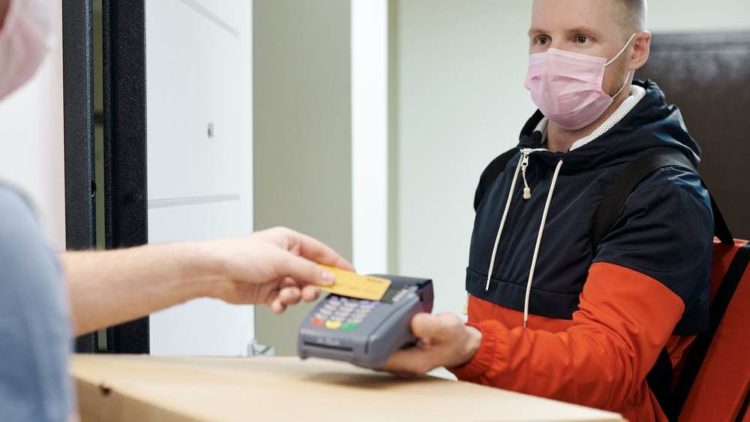With a significant number of transactions moved online, it remains to be seen if merchants, payment processors, and banks alike will be able to bet their future on whether the pandemic–associated behaviour is episodic or more permanent in nature.
Payments predictions for 2021
- By 2024, 40% of cross-border bank payments will use the ISO 20022 standard messaging framework.
- By 2025, 50% of all bank payments will use AI/ML to continuously optimize payment messaging and routing for cost and efficiency. corporate banks will be revisiting credit scoring models and prioritizing an open data strategy to improve loan portfolio health.
- By 2025, 85% of retailers will offer at least two different contactless payment options, driving conversion and customer retention rates by 40% and 30% respectively.
Against the global backdrop of the COVID-19 pandemic, and especially in the rapid shift in consumers’ digital behaviours being driven by various stages of lockdown, the APEJ region has been the focal point of digital transformation (DX).
The impact of increased digitalization in payments has affected not only consumer payments, but also B2B and cross-border payments – accelerating DX changes that would have normally taken years.
“The focal point of payment strategies in APEJ is the implementation of ISO 20022 messaging standards – with migration deadlines looming on November 2025 – and the need of FSIs to start contending if they have not yet started on a data strategy to best leverage the influx of rich data that their systems will start seeing upon migration," said Darshiniy Selvaratnam, senior market analyst at IDC Financial Insights Asia/Pacific.
The region has also seen considerable advancements in cross-border payment linkages with the inking of bilateral and multilateral arrangements among Singapore, Malaysia, Thailand, Indonesia, and Vietnam – because of the large working population and tourism between the countries – by connecting their respective payment infrastructure to enable instant cross-border fund transfers being done in parts.
“In the face of witnessing a massive change in payments across the region, many banks are seen to be making strategic investments in payments infrastructure (i.e. payment hubs) which will allow them to cope with the potential new wave of payments soon to be upon them," added Darshiniy.





